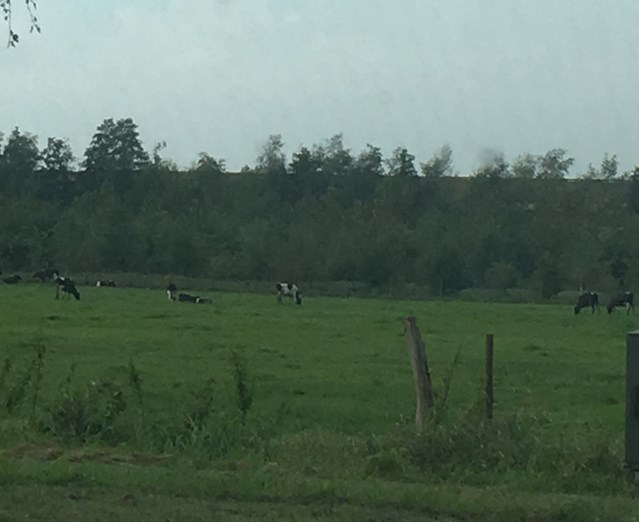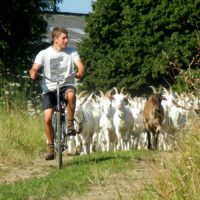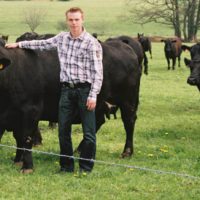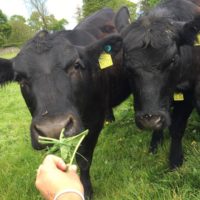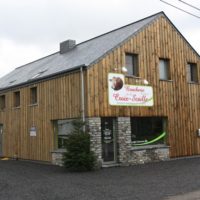Description
Considering and optimizing the farm based on a holistic approach: change of barn construction – change of organic fertilizer specifics – improvement of soil-fertility – more vigorous plants – better fodder quality – improvement of animal welfare and performance .
Needed developments for the future: expanding agriculture neglects natural principles and required diversity; ecological benefits have to become more important and must be achievable without high costs; replacement of part of the slurry application by solid manure.
Change of nutrient management to improve environment quality
Different focus in breeding; change to: easy calving, high feed uptake; focus on high fodder quality (“clean silage”, containing a high diversity of plant species, high energy content in combination with structure)
Farm description
Environment
- Soil type: mainly moor with marshland
- Climate: Temperate oceanic climate
- Average altitude: 1.2 m a.s.l. ; no slope
Grassland management
- Grazing: Rotational stocking, 6 months grazing period
- Fertilization: Focus on solid manure; less slurry
Structure
- Annual Work Unit: 2 (one fulltime, two part-time) plus one internship
- Agricultural Area: 70 ha UAA
- Breeds: HF; Red Holstein and Swedes Rotbunt
- 140 dairy cows
Animal performance
- 7300 l /year/dairy animal; high protein content
Why it is working
Farmer questioned established procedures and was willing to change his farming system; aim: optimizing production within the farm, a certain amount of intuition for natural processes is also considered necessary.
